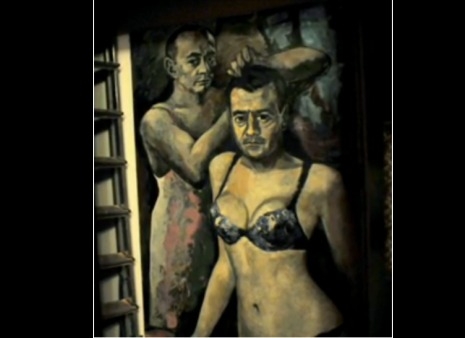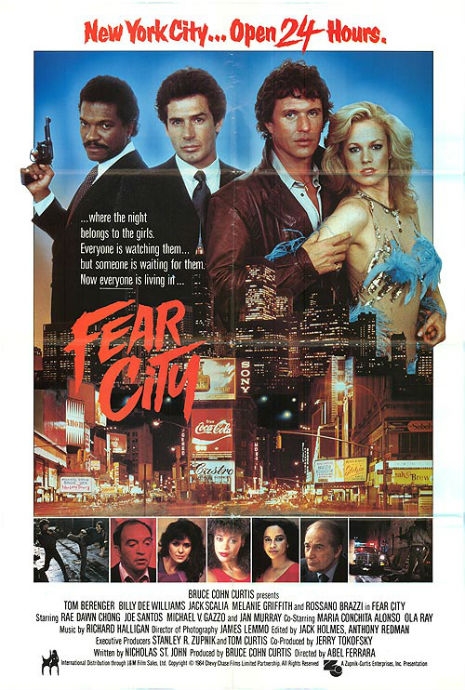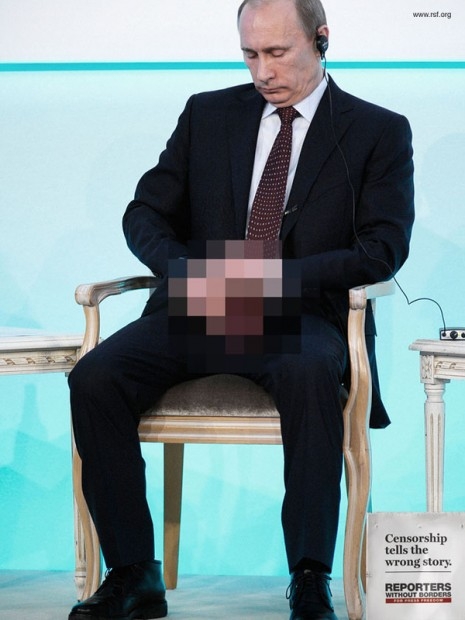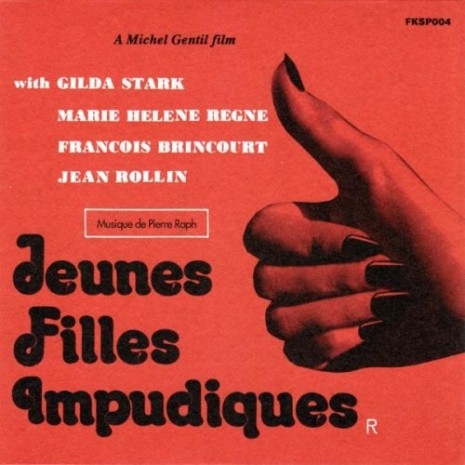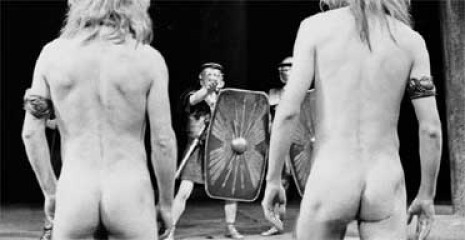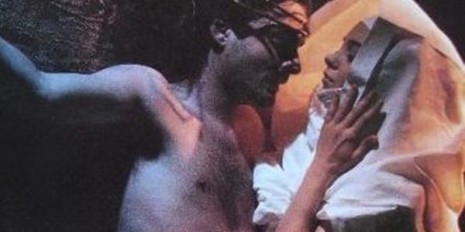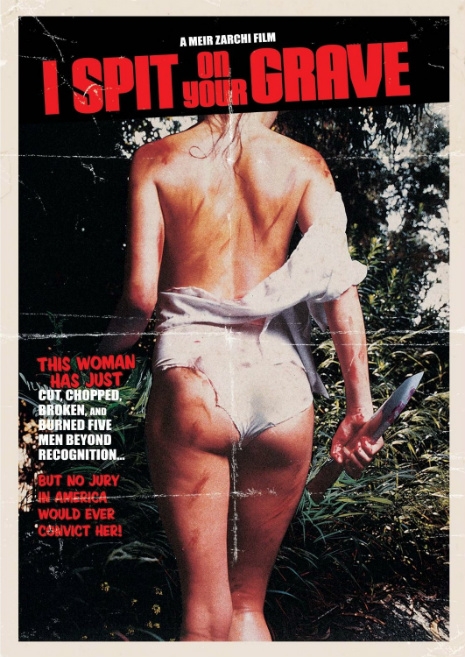
There are few things more offensive than the act of a group of holier-than-thou types trying to inflict their intensely rigid and often, properly uninformed, viewpoints on the masses. Every decade has some rich examples of this type of restrictive behavior, but the 1980’s were an especially fertile hotbed of moral majority types. In the United States, we had Tipper Gore and the PMRC attacking the music industry. In the United Kingdom, they had Mary Whitehouse and the DPP (Director of Public Prosecutions) and their attack on the “video nasties,” a list of horror films that were targeted for being especially violent and lurid enough to the extent of being socially harmful. The tight girdle-brigade of Tipper and Mary Whitehouse would have surely gotten along like gangbusters, but the latter’s actions, along with key members of British Parliament can still be felt to this day.
There have been a number of books and articles written about the “video nasties” and even an episode of The Young Ones using them as a key plot device. (Complete with The Damned playing “Nasty” no less!) So it was high time for someone to come along and make a documentary about this movement and thanks to director Jake West and Severin Films, we have all that and more.
Video Nasties: The Definitive Guide is one of the most aptly named sets to have come out in the past five years. Disc One features West’s documentary, Video Nasties: Moral Panic, Censorship & Video Tape. Originally released in 2010, West manages to fit in an amazing amount of commentary and information in its 72 minutes. There is a perfect mix of film writers, academics, filmmakers and former political and law enforcement members interviewed here, painting a thorough picture of a weird and sad time for film in the UK.
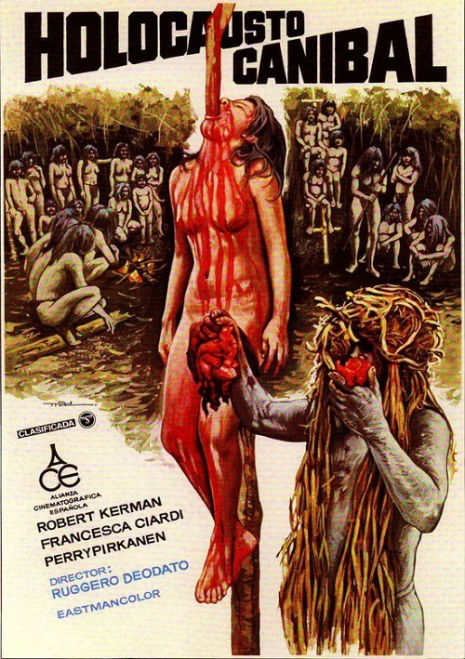
Director West, who also made the incredible and underrated Razor Blade Smile (1998), integrates a punk type energy and fun with the gravity of the subject matter. The film delves into the fact that, like any situation where censorship is put into action, the issue is far deeper than the works being targeted themselves. Elements like social unrest in a land riddled with high unemployment and the bloody specter of the Falkland Wars, not to mention the inherent classist attitudes of Whitehouse and her crew, are just some of the points bubbling under the surface of “obscene” movies. Censorship, in all of its ugly forms, is rarely about the actual contents themselves and more about assorted underlying problems that run way deeper than a movie with blood and breasts mixed in.
While there are a number of standouts interviewed here, including Stephen Thrower (Nightmare USA), Kim Newman, Dr. Beth Johnson and The Dark Side editor Allan Bryce, it is Professor Martin Barker who is the real star and moral core of the film. Barker, initially studying the horror comics uproar in the 1950’s (a censorship-fueled movement that was paralleled here in the United States around that time period) but soon noticed some striking similarities between the then burgeoning video nasties scare and what happened in the fifties. It was from there that he became one of the few but key voices to speak up critically against Whitehouse and her cronies, which included members of Scotland Yard and Parliament. (Not to mention some moral support from Prime Minister Thatcher herself.) There’s one clip shown of Barker on a chat show where an intensely rude Cardinal interrupts him to ask if he would show a one of “those” films to a little kid, to which Barker replies without a beat, “What a silly question!”

The films themselves, while briefly shown in clips and named in the documentary, get more of an in-depth analysis on discs two and three. Disc two features original trailers and commentary on the 39 films that were successfully prosecuted. Some of the titles on this list include Abel Ferrara’s second feature film Driller Killer, Ruggero Deodato’s Cannibal Holocaust, Wes Craven’s Last House on the Left, the bonkers Island of Death and Roger Ebert’s favorite, I Spit on Your Grave.
Disc three features the same great commentary/trailer combination, with the focus being on the 39 films that were initially banned but were later on acquitted and removed from the list. Some of those titles include Sam Raimi’s The Evil Dead, the ultra-obscure Elke Sommer film I Miss You Hugs & Kisses, Matt Cimber’s unhinged psychedelia The Witch Who Came From the Sea and Andrzej Zulawski’s art-house, psychological horror film Possession.

The trailers alone are pretty fantastic but the commentary is very much the icing on the cake, including some particularly great insights from the aforementioned personalities, as well as writers like Brad Stevens (Abel Ferrara: The Moral Vision) and academics like Professor Patricia MacCormack. The quality of commentary can make or break a set like this but West did a bang up job selecting a group of people that are not just highly educated and experienced, but also quite fun to listen to. Anyone that is working on a film-related documentary in the future need to study this set and see how should it be done. There are few things more soul-crushing than seeing dry-as-ashes commentary on something as vibrant and fluid as art. In fact, if you’re a film lover by any definition, then do yourself a favor and pick up this set.
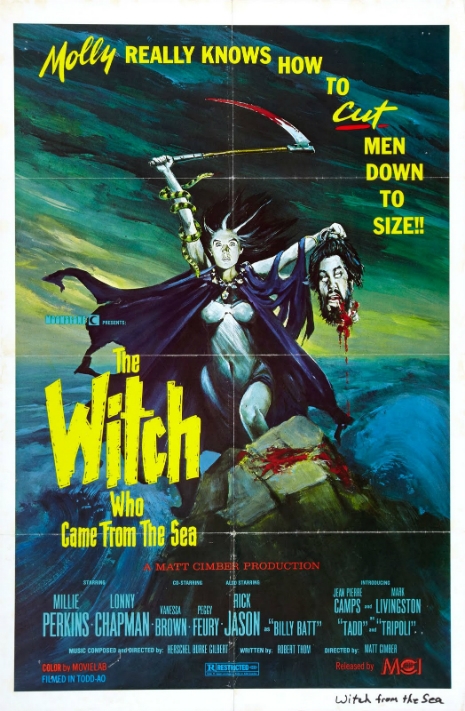
The vital importance of a set like this is summed up beautifully at the end of the documentary by Martin Barker himself:
“The most interesting thing is just how little historical memory we have. The next time there’s a panic we won’t remember just how stupid the last one was and how people get away with things. And that to me is the most important lesson about this campaign. The evangelical got away with murder. They got away with fraud. They got away with deceiving people. They now laugh it off. The fact that almost all of these films are now available uncut in the public domain, they don’t care. Because they move on, because what they want to do is to dominate the present and they don’t care about history. Critical voices have to care about history. We have to care about the way which things got controlled in the past, because that’s when the damage gets done. If you don’t keep that historical memory, we will allow them to do it again next time.”






